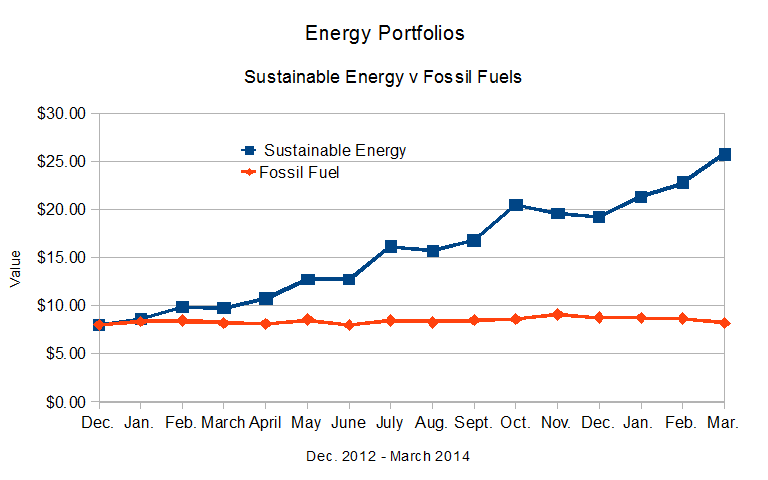 Our Place in Nature has been making me contemplate how climate change will impact my future career, and for my particular field of work, the connection is easy to make. My field of study is aerospace engineering, where climate change not only is a concern, but it can be a primary objective for designs. Energy efficiency is a major focus for aerospace engineers when designing a new product, such as a rocket. A rocket requires an immense amount of initial thrust to leave the ground and escape the atmosphere, which, as recent studies have begun to show, could potentially be partially responsible for climate change. According to The Aerospace Corporation, hydrocarbon-fueled rockets release black carbon into the atmosphere, which efficiently absorbs the sun's visible light. An estimate shows that this black carbon could be a major problem as the industry continues to grow and transportation to space evolves. When all emission sources are considered, it may be second in heating the atmosphere only to carbon dioxide, which absorbs the sun's infrared light.
Our Place in Nature has been making me contemplate how climate change will impact my future career, and for my particular field of work, the connection is easy to make. My field of study is aerospace engineering, where climate change not only is a concern, but it can be a primary objective for designs. Energy efficiency is a major focus for aerospace engineers when designing a new product, such as a rocket. A rocket requires an immense amount of initial thrust to leave the ground and escape the atmosphere, which, as recent studies have begun to show, could potentially be partially responsible for climate change. According to The Aerospace Corporation, hydrocarbon-fueled rockets release black carbon into the atmosphere, which efficiently absorbs the sun's visible light. An estimate shows that this black carbon could be a major problem as the industry continues to grow and transportation to space evolves. When all emission sources are considered, it may be second in heating the atmosphere only to carbon dioxide, which absorbs the sun's infrared light.However, as I am beginning to learn in thermodynamics, this task may not be so simple. According to the second law of thermodynamics, a machine that does work, such as a heat engine or a heat pump, needs two thermal reservoirs in order to operate. One of them provides heat to the machine, and then the machine rejects a certain percentage in the form of waste energy to another reservoir. By this definition, energy will always be wasted, and many times, it is a large percentage that make it tough for many machines to crack above 50 percent efficiency. Even if all processes happening in the machine are reversible, meaning the engine is idealistic (Carnot engine), its efficiency depends on the quality of the thermal energy reservoirs that it is taking from and rejecting to. As ideas grow, people are trying to find smart ways to recycle or conserve much of the energy that is wasted from combustion engines.
 |
| Thompson & Stouffer, 2015 |
 Engineers have to balance the energy that a system could provide with the costs that it would take to install it. For example, building a system in an ocean that connects the hot reservoir (surface) with a cold reservoir (deep water) to produce work would have extremely low efficiency, and the install costs would be too great to be practical. Luckily, the rise of large-scale computers that can calculate at high speeds and simulate relevant processes related to emissions has made costs decrease significantly for designers. Electric powered On-demand Aviation (ODA) sounds very promising with its environmentally clean and safe transportation powered by rechargeable batteries. When comparing its greenhouse gas (GHG) intensity with that of conventional jet fuel, ODA shows to be approximately equal to or slightly greater than that of conventional fuels, but if ODA energy intensities were greater than estimated, then the GHG intensity could be about 20% lower (Thompson & Stouffer, 2015). Looking at the sources themselves, nonrenewable sources are estimated to have a much higher GHG intensity than any other type, which is not shocking. Its ability to generate power is a hurdle that designers are still trying to overcome.
Engineers have to balance the energy that a system could provide with the costs that it would take to install it. For example, building a system in an ocean that connects the hot reservoir (surface) with a cold reservoir (deep water) to produce work would have extremely low efficiency, and the install costs would be too great to be practical. Luckily, the rise of large-scale computers that can calculate at high speeds and simulate relevant processes related to emissions has made costs decrease significantly for designers. Electric powered On-demand Aviation (ODA) sounds very promising with its environmentally clean and safe transportation powered by rechargeable batteries. When comparing its greenhouse gas (GHG) intensity with that of conventional jet fuel, ODA shows to be approximately equal to or slightly greater than that of conventional fuels, but if ODA energy intensities were greater than estimated, then the GHG intensity could be about 20% lower (Thompson & Stouffer, 2015). Looking at the sources themselves, nonrenewable sources are estimated to have a much higher GHG intensity than any other type, which is not shocking. Its ability to generate power is a hurdle that designers are still trying to overcome.






















